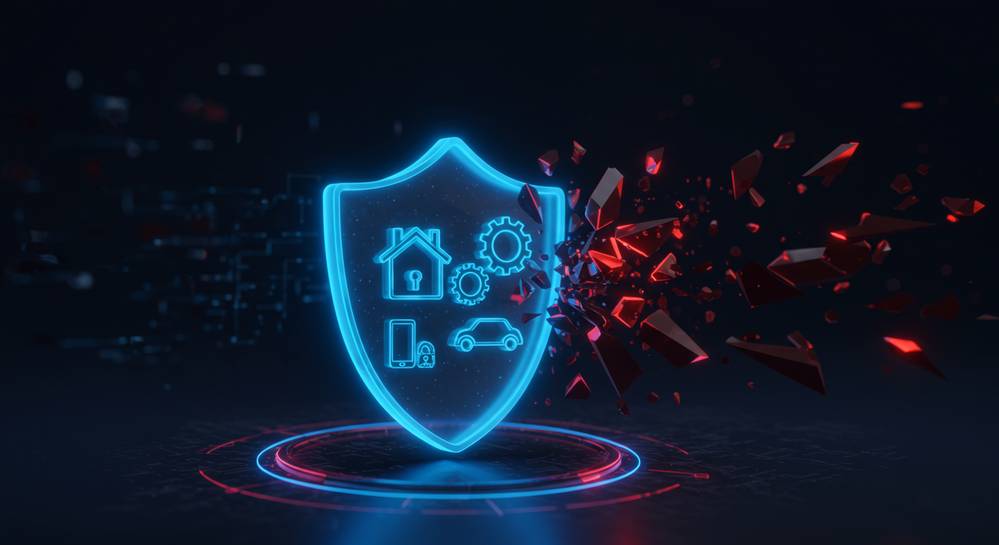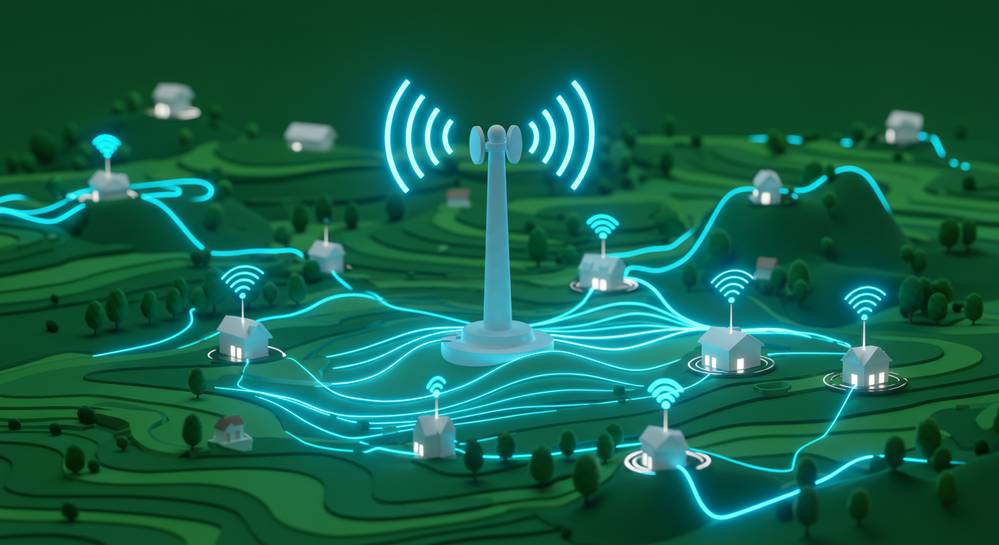The Internet of Things (IoT) has seamlessly integrated billions of smart devices into our daily lives, offering unprecedented convenience and efficiency. However, this hyper-connectivity introduces a complex web of vulnerabilities. Understanding the most critical internet of things security challenges is the first step toward protecting our data, privacy, and even physical safety in an increasingly connected world. This article breaks down the core issues and essential solutions.
Why iot devices are inherently vulnerable

The explosive growth of the Internet of Things connects our world but introduces significant security risks. Many devices prioritize function over safety, creating a foundation of weakness. This approach leads to major internet of things security challenges. The core issues stem from fundamental design choices made to keep costs low and development fast. These choices make many IoT devices insecure by default, a problem central to the impact of technology on privacy and security.
Several factors contribute to these widespread IoT vulnerabilities. These are not simple bugs but deep seated problems in how devices are made and deployed. Understanding them is key to grasping the scale of the risk.
- Hardware Limitations: Most IoT devices have minimal processing power and memory. This prevents them from running robust security like strong encryption, making them easy targets.
- Fragmented Ecosystem: The industry lacks universal security standards. Manufacturers use different protocols, creating a chaotic environment where secure communication is not guaranteed.
- Massive Attack Surface: Each connected device is a potential entry point for attackers. Securing thousands of diverse endpoints is far more complex than protecting a traditional network.
Common threats facing iot ecosystems

Attackers exploit inherent IoT weaknesses through several common methods, forming the core of today’s internet of things security challenges. Understanding these primary attack vectors is crucial for building a strong defense. These threats target every layer of the ecosystem, from hardware to cloud services, and are central to how cybersecurity challenges will evolve. They are often simple yet highly effective for cybercriminals.
These vulnerabilities represent the low-hanging fruit in the IoT landscape, making them incredibly dangerous at scale. The most prevalent threats include:
- Weak Authentication: Many devices use default or hardcoded passwords that users never change. This offers an easy entry point for automated botnets to take control of millions of devices.
- Insecure Data Transfer: Sensitive information is often transmitted without encryption. This allows attackers to easily intercept and steal personal or business data over the network.
- Lack of Updates: Manufacturers frequently fail to provide security patches. Once a vulnerability is found, devices can remain exposed indefinitely, creating permanent risks for users.
The tangible impact of insecure iot systems
An IoT security breach is not a distant, digital issue; it creates serious consequences in the physical world. When attackers control connected devices, the impact ranges from severe privacy invasion to widespread infrastructure disruption. These real-world risks underscore why solving internet of things security challenges is an urgent necessity, not an optional extra. The effects are direct, damaging, and often irreversible for both individuals and organizations.
These are not theoretical problems. The consequences are already well documented and affect daily life in profound ways.
- Massive Botnet Attacks: Compromised devices are enslaved into huge botnets like the infamous Mirai. These zombie armies launch Distributed Denial of Service (DDoS) attacks, capable of taking major websites and critical online services offline.
- Personal Privacy Invasion: Smart home devices like cameras and microphones capture our most private moments. A breach can expose this sensitive data, leading to identity theft or blackmail, highlighting the need to undefined.
Essential strategies for securing iot devices

Securing the Internet of Things is a shared responsibility, falling on both device makers and users. Adopting a proactive, security-first mindset is the only way to reduce the risks of connected technology. This approach is fundamental to overcoming the most persistent internet of things security challenges. Implementing a multi-layered strategy is essential for protecting both data and physical safety.
For manufacturers
- Security by Design: Build security into products from the initial design phase, not as an afterthought. This includes secure boot processes and hardware-based security features.
- Secure Credential Management: Eliminate default passwords entirely. Require users to create strong, unique credentials during the initial device setup process.
- Provide Patching Mechanisms: Develop a reliable system for over-the-air (OTA) security updates to patch vulnerabilities promptly throughout the device lifecycle.
For end-users
- Change Default Passwords: Immediately change the factory-set username and password on any new IoT device you install.
- Secure Your Network: Use a strong, complex password for your Wi-Fi network and enable the highest level of encryption available, such as WPA3.
- Keep Devices Updated: Enable automatic updates on your devices whenever possible or regularly check the manufacturer’s website for new firmware.
The convenience of a connected world depends entirely on our ability to secure it. The internet of things security challenges are significant, but they are not insurmountable. By prioritizing security in design, implementing robust authentication, and maintaining diligent update schedules, we can build a safer, more reliable IoT ecosystem. For more insights into emerging technologies and cybersecurity trends, explore the resources at Modern Techera.



